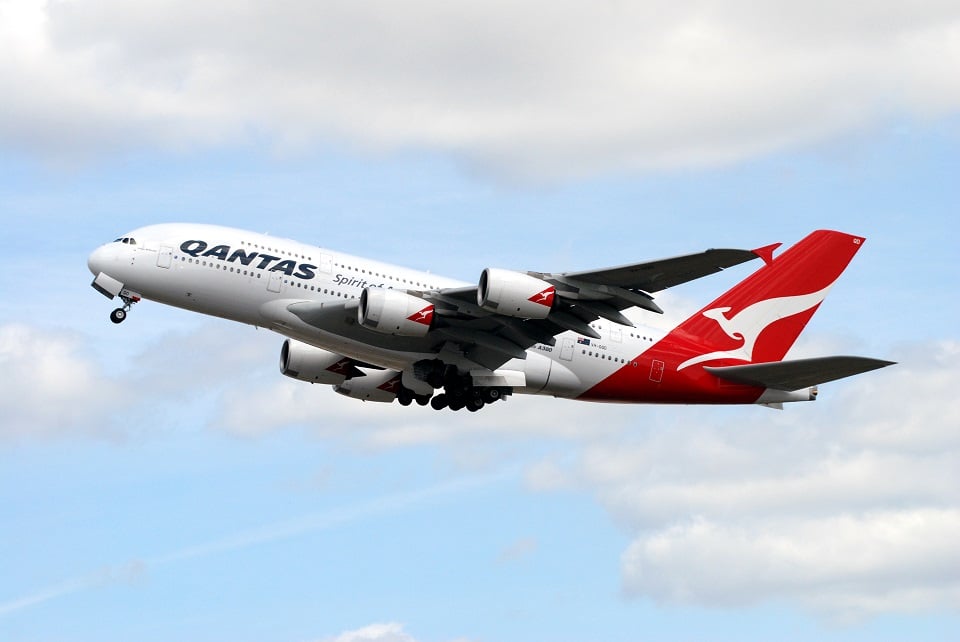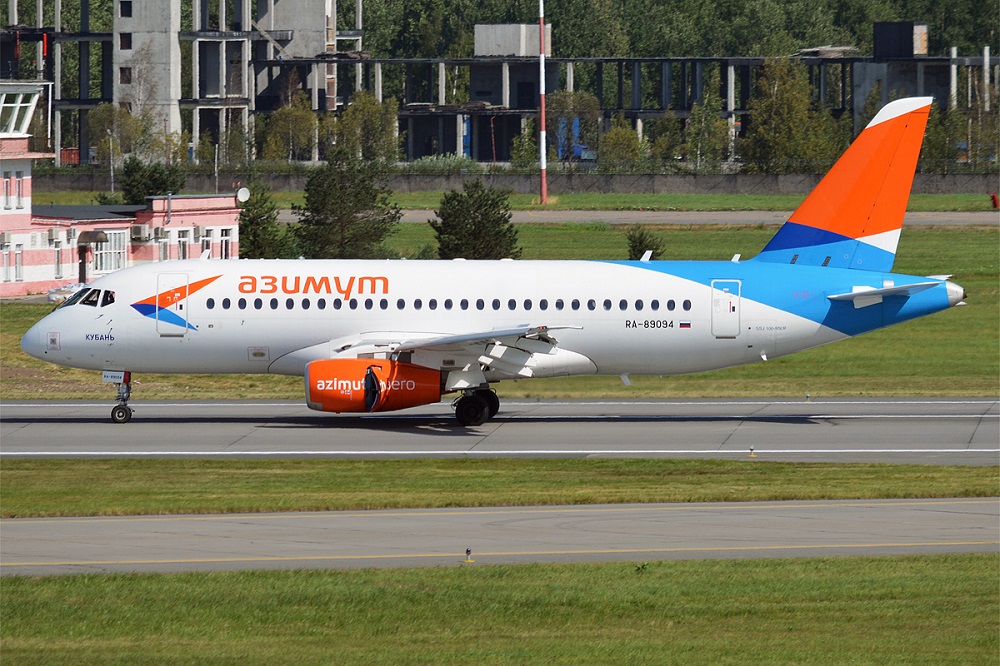Aviation
Qantas Reintroduces Airbus A380 Flights to Dallas/Fort Worth

Qantas Airways has announced a series of updates to its international network, including the return of its iconic Airbus A380 to the Dallas Fort Worth (DFW) route.
Starting August 11, 2025, Qantas will resume operating the A380 between Sydney (SYD) and DFW, reinstating a service that was paused during the pandemic. The route will follow the existing schedule, with QF7 departing Sydney at 12:10 PM and arriving in Dallas at 12:30 PM, and QF8 leaving Dallas at 10:40 PM to arrive back in Sydney at 6:55 AM, two days later.
Emirates Close to Sealing New Freighter Order for A350 and 777X
The airline’s decision to bring back the A380s comes as demand for long-haul travel continues to rise. While the fleet consists of 10 aircraft, not all have been reactivated since being grounded during the pandemic. Currently, Qantas also deploys its A380s on other major routes including Sydney to Johannesburg (JNB), London (LHR), Los Angeles (LAX), and Singapore (SIN).
In addition to the return of the A380, qantas airways has introduced new services and adjustments across its network. A new route from Brisbane (BNE) to Palau (ROR) has been launched, and the Boeing 787 Dreamliner has been reintroduced for flights between Brisbane and Los Angeles (LAX) as well as Auckland (AKL).
Qatar Airways Adds Direct Toronto-Amritsar Flights with Stopover in Doha
Meanwhile, the airline has decided to discontinue its mainline service from Sydney to Seoul (ICN). Starting mid-June 2025, the route will be operated by Jetstar, Qantas’ low-cost subsidiary, which will increase the frequency from four flights per week to a daily service.
These changes come as Qantas looks to redeploy its mainline aircraft to other routes experiencing strong demand, qantas entertainment movie list with Qantas Group International CEO Mr. Cam Wallace noting the airline’s strategic adjustments to meet evolving travel patterns.

Aviation
Flames on the Runway: Russian Jet Sparks Emergency in Turkey

A dramatic incident unfolded at Turkey’s Antalya Airport on Sunday night when a Russian passenger plane caught fire shortly after landing.
The Azimuth Airlines Sukhoi Superjet 100, arriving from Sochi International Airport in Russia, was carrying 89 passengers and six crew members. Thankfully, all onboard were safely evacuated without any injuries reported.
Air India to Launch aircraft maintenance training institute in Bengaluru
The fire broke out after the aircraft landed at 9:34 p.m. local time, prompting the pilot to issue an emergency call. Evacuation footage shared by Russian media site ЧП Сочи captured the tense moments as passengers slid down emergency slides, with some seen carrying large pieces of luggage despite the urgency of the situation.
Investigators at the time highlighted the critical impact of passengers retrieving their belongings, which obstructed others from escaping the burning aircraft.
This country tops visa rejections in the popular Schengen countries
Although no injuries were reported this time, the episode serves as a stark reminder of the importance of prioritizing life over possessions during emergencies. Seconds can mean the difference between survival and tragedy in such situations.
In response to the incident, Turkey’s transportation ministry confirmed that efforts were underway to remove the damaged aircraft from the runway. While arrivals at Antalya Airport were temporarily suspended, departures continued from a nearby military-operated runway to minimize disruptions.
The cause of the fire is yet to be determined, but the swift evacuation ensured a safe outcome for everyone on board.
-

 Aviation2 months ago
Aviation2 months agoMicrosoft Flight Simulator Raises $3 Million to Bring Back the An-225 Mriya
-

 Airlines2 months ago
Airlines2 months agoQatar Citizens Can Travel to the United States Without a Visa
-

 Aviation2 months ago
Aviation2 months agoQatar Airways bans these new Electronic Devices on plane
-

 Airlines2 months ago
Airlines2 months agoJapan Airlines Rolls Out Free Domestic Flights to International Passengers
-

 Defence2 months ago
Defence2 months agoWhich Country Has the Largest Fleet of Fighter Aircraft?
-

 Travel2 months ago
Travel2 months agoQatar Airways Launches Four Additional Flights from Amsterdam
-

 Airport2 months ago
Airport2 months agoWestern Sydney Airport Welcomes Its First Plane After 6 Years of construction
-

 Airlines4 days ago
Airlines4 days agoDAMAC Air: Dubai’s New Luxury Airline Offers Free Flights for Registration








